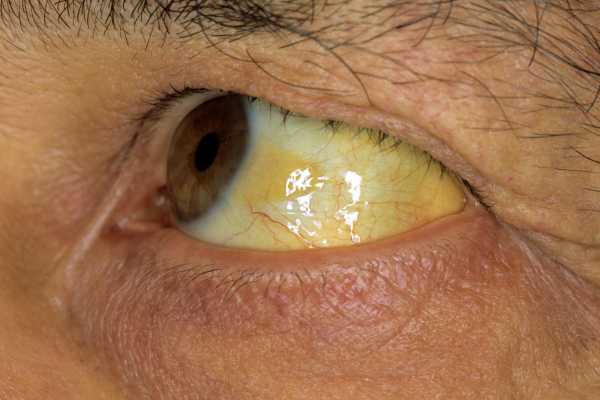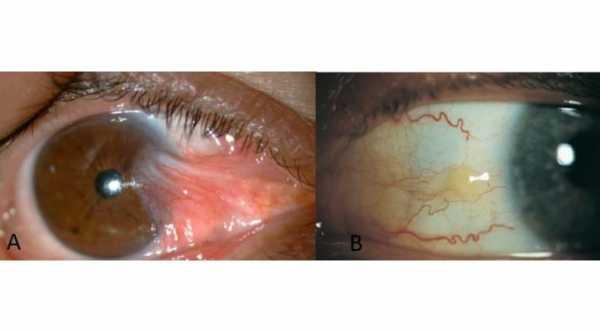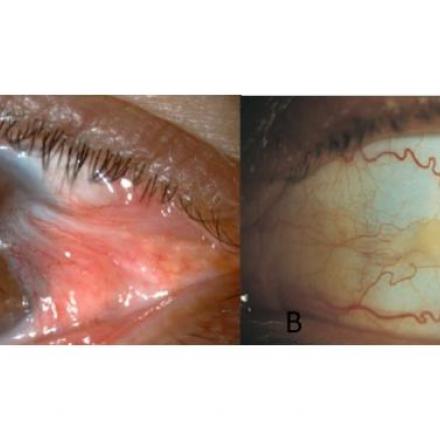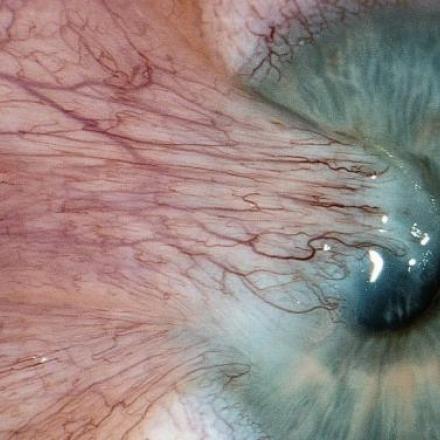
Why there are yellowish spots in my eye?
Yellowish spots in the eyes can have various causes. Here are a few possibilities:
Pinguecula
Pinguecula is a common condition where small, raised yellowish or white spots develop on the conjunctiva, the clear tissue that covers the white part of the eye. It often occurs due to exposure to UV radiation, dust, wind, or dry environments. Pinguecula is generally harmless and doesn't require treatment unless it causes significant discomfort or vision problems.
Pterygium
Similar to pinguecula, a pterygium is a growth of fleshy tissue on the conjunctiva. It may appear yellowish or pinkish and can extend onto the cornea, potentially affecting vision. Pterygium is often associated with long-term exposure to sunlight and dust. If a pterygium becomes large, irritated, or affects vision, surgical removal may be necessary.
Xanthelasma
Xanthelasma refers to yellowish plaques or deposits of cholesterol that form on the eyelids. These spots can be soft and slightly raised. Xanthelasma is often associated with high cholesterol levels, but it can also occur in individuals with normal cholesterol levels. Treatment may involve addressing any underlying lipid disorders and, in some cases, surgical removal for cosmetic reasons.
Chalazion
A chalazion is a benign, painless lump or swelling that develops on the eyelid due to a blocked oil gland. It can appear as a yellowish or whitish spot. Chalazia typically resolve on their own but may require medical treatment or surgical intervention if they persist or cause discomfort.
These are just a few examples, and there could be other causes for yellowish spots in the eyes. It's essential to consult with an eye care professional or an ophthalmologist for a proper evaluation and diagnosis. They can examine your eyes, consider your medical history, and recommend appropriate treatment or management options based on their findings.






